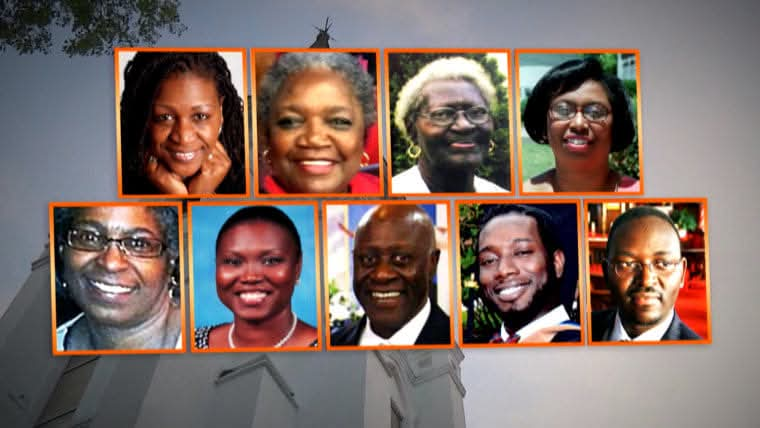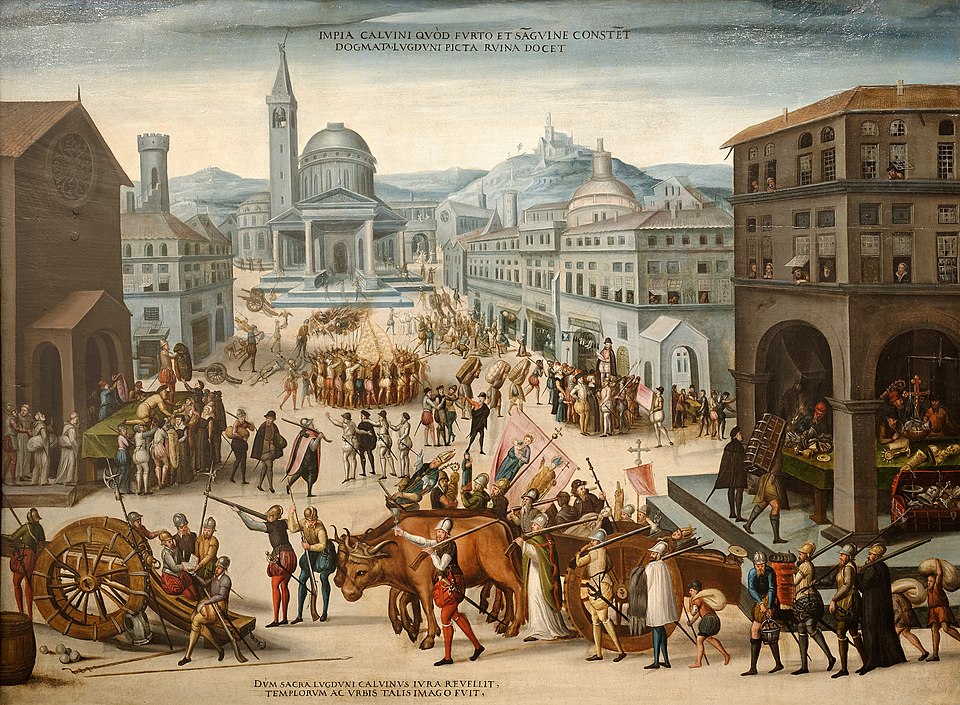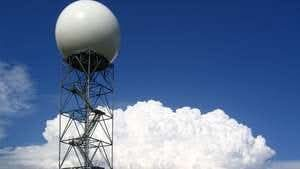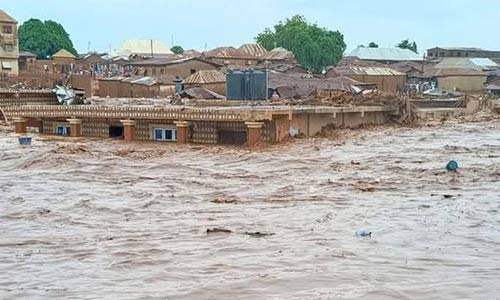IRAN–ISRAEL CONFLICT: From proxy to direct confrontations. Here is why the former allies are at war
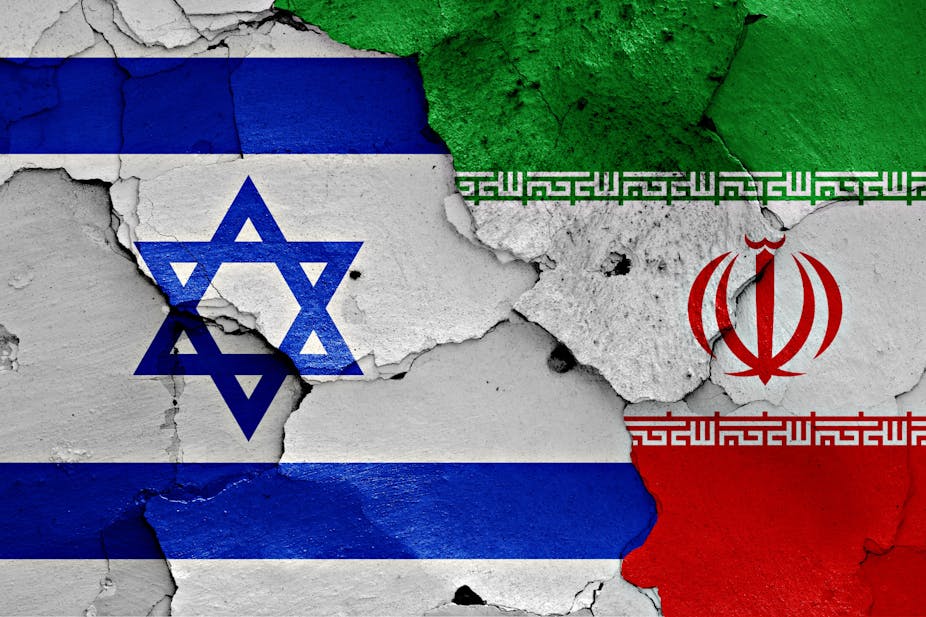
Did you know that Iran and Israel once had close relations against Arab powers they see as a common threat, but Iran cut off relations with Israel after the 1979 Islamic revolution?
In 2024, the Iran–Israel proxy conflict (also known as the Iran–Israel proxy war or Iran–Israel Cold War) escalated to a series of direct confrontations between the two countries, and in June 2025, the Iran–Israel war began, involving the United States of America.
The Iran–Israel proxy conflict is an ongoing proxy conflict between Iran and Israel. In the Israeli–Lebanese conflict, Iran has supported Lebanese Shia militias, most notably Hezbollah. In the Israeli-Palestinian conflict, Iran has backed Palestinian groups such as Hamas. On the other hand, Israel has supported Iranian rebels, such as the People's Mujahedin of Iran, conducted airstrikes against Iranian allies in Syria, assassinated Iranian nuclear scientists, and directly attacked Iranian forces in Syria.
Motivated by the periphery doctrine, Imperial Iran and Israel had close relations, seeing Arab powers as a common threat. But after the 1979 Islamic revolution, Iran cut off relations with Israel. However, covert ties continued during the subsequent Iran–Iraq War. Iran trained and armed Hezbollah to resist the Israel's 1982 invasion of Lebanon, and continued to back Shia militias throughout the Israeli occupation of Southern Lebanon. Even before 1979, Iranian Islamists had materially supported the Palestinians; after 1979 Iran attempted relations with the Palestine Liberation Organization, and later with Palestinian Islamic Jihad and Hamas.
Israel fought a war with Hezbollah in 2006. Israel has fought several wars with Palestinians in and around the Gaza Strip: in 2008–2009, 2012, 2014, 2021 and since 2023. The 1982 Lebanon War and Gaza war have been the deadliest wars of the Arab–Israeli conflict. As detailed by the Stimson Center, Iran has historically employed at least four main fronts: Hamas in Gaza, Hezbollah in Lebanon, Shiʿite militias in Iraq, and the Houthis in Yemen. According to the report the goal is to compel Israel to defend on multiple fronts simultaneously, reducing its ability to focus on Iranian nuclear or military capabilities and pressure Israel indirectly.
Various reasons have been given for the Iran–Israel conflict. Iran and Israel had previously enjoyed warm ties due to common threats. But by the 1990s the USSR had dissolved and Iraq had been weakened. Iranian Islamists have long championed the Palestinian people, whom they perceive as oppressed. Scholars believe that by supporting the Palestinians, Iran seeks greater acceptance among Sunnis and Arabs, both of whom dominate the Middle East.
At times, Iran has supported the one-state and the two-state solution as a response to the plight of Palestinians, while the country has also used more inflammatory language to predict Israel's demise. Israel sees Iran as an existential threat. Israel has accused Iran of harboring genocidal intentions, while Iran has accused Israel of conducting a genocide in Gaza. Consequently, Israel has sought sanctions and military action against Iran to stop it from acquiring nuclear weapons.
In 2010, a wave of assassinations targeting Iranian nuclear scientists began. The assassinations were widely believed to be the work of Mossad, Israel's foreign intelligence service. According to Iran and global media sources, the methods used to kill the scientists is reminiscent of the way Mossad had previously assassinated targets.
The assassinations were alleged to be an attempt to stop Iran's nuclear program, or to ensure that it cannot recover following a strike on Iranian nuclear facilities. In the first attack, particle physicist Masoud Alimohammadi was killed on 12 January 2010 when a booby-trapped motorcycle parked near his car exploded. On 12 October 2010, an explosion occurred at an IRGC military base near the city of Khorramabad, killing 18 soldiers. On 29 November 2010, two senior Iranian nuclear scientists, Majid Shahriari and Fereydoon Abbasi, were targeted by hitmen on motorcycles, who attached bombs to their cars and detonated them from a distance. Shahriari was killed, while Abbasi was severely wounded. On 23 July 2011, Darioush Rezaeinejad was shot dead in eastern Tehran. On 11 January 2012, Mostafa Ahmadi Roshan and his driver were killed by a bomb attached to their car from a motorcycle.
Iran blamed Israel and the U.S. for the assassinations. Iranian officials also blamed the British intelligence agency. Mahmoud Alavi, Iran's intelligence minister, said the person who planned the killing was "a member of the armed forces" indirectly suggesting that the perpetrator might have been from the Islamic Revolutionary Guard Corps (IRGC). According to NBC, two US senior officials confirmed that the People's Mujahedin of Iran (MEK) was "financed, trained, and armed by Israel" in killing Iranian nuclear scientists, although a senior State Department official later said they never claimed the MEK was involved in the assassinations of Iranian nuclear scientists.
In early 2011, Majid Jamali Fashi confessed to the killing of Masoud Alimohammadi on Iranian state television, saying that he had trained for the operation at a Mossad facility near Tel Aviv. Fashi was executed in May 2012. That month, Iranian authorities announced the arrest of another 14 Iranians – eight men and six women – described as an Israeli-trained terror cell responsible for five of the attacks on Iranian scientists. Iran's IRTV Channel 1 broadcast a half-hour documentary, Terror Club, which included "the televised confessions of the 12 suspects allegedly involved in the killings of Ali-Mohammadi, Shahriari, Rezaeinejad, and Roshan, and the attempted killing of Abbasi
In 2024, the proxy conflict escalated to a series of direct confrontations between the two countries. On 1 April, Israel bombed an Iranian consulate complex in Damascus, Syria, killing multiple senior Iranian officials. In response, Iran and its Axis of Resistance allies seized the Israeli-linked ship MSC Aries and launched strikes inside Israel on 13 April. Israel then carried out retaliatory strikes in Iran and Syria on 19 April. The Israeli strikes were limited, and analysts say they signaled a desire to de-escalate. Iran did not respond to the attack, and tensions de-escalated back down to the proxy conflict.
On 13 June 2025, the conflict escalated further into the armed conflict between Iran and the Houthis against Israel and the United States, when Israel launched a surprise attack targeting key Iranian military and nuclear facilities. The opening hours of the war saw targeted assassinations and attempted assassinations of Iran's top military leaders, nuclear scientists, and politicians (including Ali Shamkhani, who was overseeing nuclear talks with the U.S.), airstrikes on nuclear and military facilities, and destruction of Iran's air defenses.
Iran retaliated by launching missiles at military sites and cities in Israel. The United States, which had been defending Israel since the beginning of the war by shooting down Iranian missiles and drones, took offensive action on 22 June 2025, by striking three Iranian nuclear sites. In response, the Houthis in Yemen considered the American strikes a "declaration of war" and have fired several missiles at Israel.
SOURCE: Wikipedia
#penglobalhistory #Israel #Iran #conflict #middleeast
